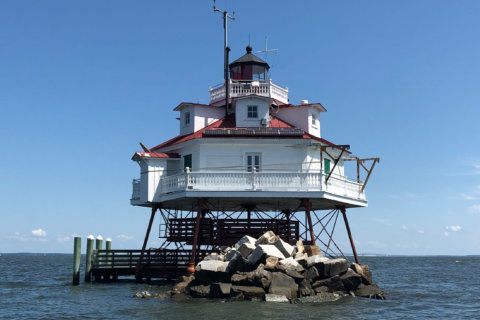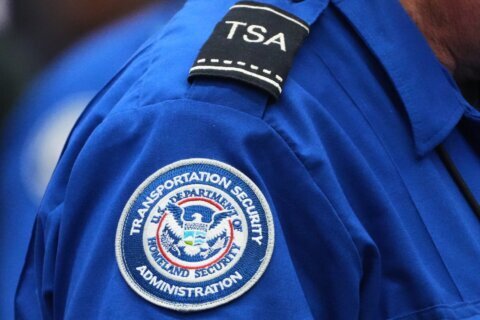Advocates for the Chesapeake Bay are concerned about a recent statement from the EPA’s regional program office director that seems to walk back long-held pollution reduction goals.
Nearly 10 years ago, the EPA adopted a series of milestones that would help the Chesapeake Bay and the region’s streams, creeks and rivers reach a certain level of cleanliness by 2025. This plan, established in late 2010, was called the Chesapeake Bay Total Maximum Daily Load (TMDL), that the EPA called a “pollution diet” in a fact sheet published at that time.
The EPA’s plan set forth a number of milestones that Delaware, Maryland, New York, Pennsylvania, Virginia, West Virginia and D.C. would have to hit that would put the region on a path to reaching the pollution reduction measures by 2025.
For example, most states and the District had measurable goals in place for reducing nitrogen, phosphorus and sediment contributions to the bay. Other measures for improving air quality were also established.
Just in D.C., the Department of Energy and Environment worked on plans to increase the urban tree canopy and reduce pollutants contained in stormwater runoff.
In Prince George’s County, Maryland, work was done in 2016 and 2017 to clean storm pipes and increase planting to boost the tree canopy. The county even worked to manage the way its residents disposed of pet waste.
With most states and the District working to meet the goals set forth in 2010, it came as a surprise when, at a meeting on Friday, the head of the EPA’s Chesapeake Bay Program, Dana Aunkst, said those goals were only “an aspiration.”
A number of Bay advocacy groups reacted negatively to that point of view. For example, Lisa Feldt of the Chesapeake Bay Foundation, said she felt the comment meant the EPA was not taking the goals seriously anymore.
“It’s a significant step back from the responsibilities of the EPA,” she said. “We’re incredibly concerned by such a statement. It builds on continuing rollbacks of federal regulations that effect the Chesapeake Bay.”
The foundation’s president, William Baker, released a statement on Friday saying the EPA’s new perspective on the long-held standards of the TMDL “should put fear in the hearts of all who care about clean water.”
He noted that in the past, the EPA would hold states accountable for reaching pollution reduction milestones and “impose consequences.” He emphasized that Aunkst’s statement that the goals were not “legally enforceable” is a serious concern.
“EPA’s retreat is yet another signal that the administration does not value clean water and clean air,” he wrote.
Lee Currey, from the Maryland Department of the Environment, said in a statement that he expects the EPA to enforce the TMDL and noted Gov. Larry Hogan’s $5 billion investment aimed at reaching the state’s environmental goals.
“The federally approved Bay TMDL includes a range of steps that the U.S. EPA can take to hold all states accountable, and Maryland expects the EPA to use all the tools at its disposal to do just that,” Currey said.








